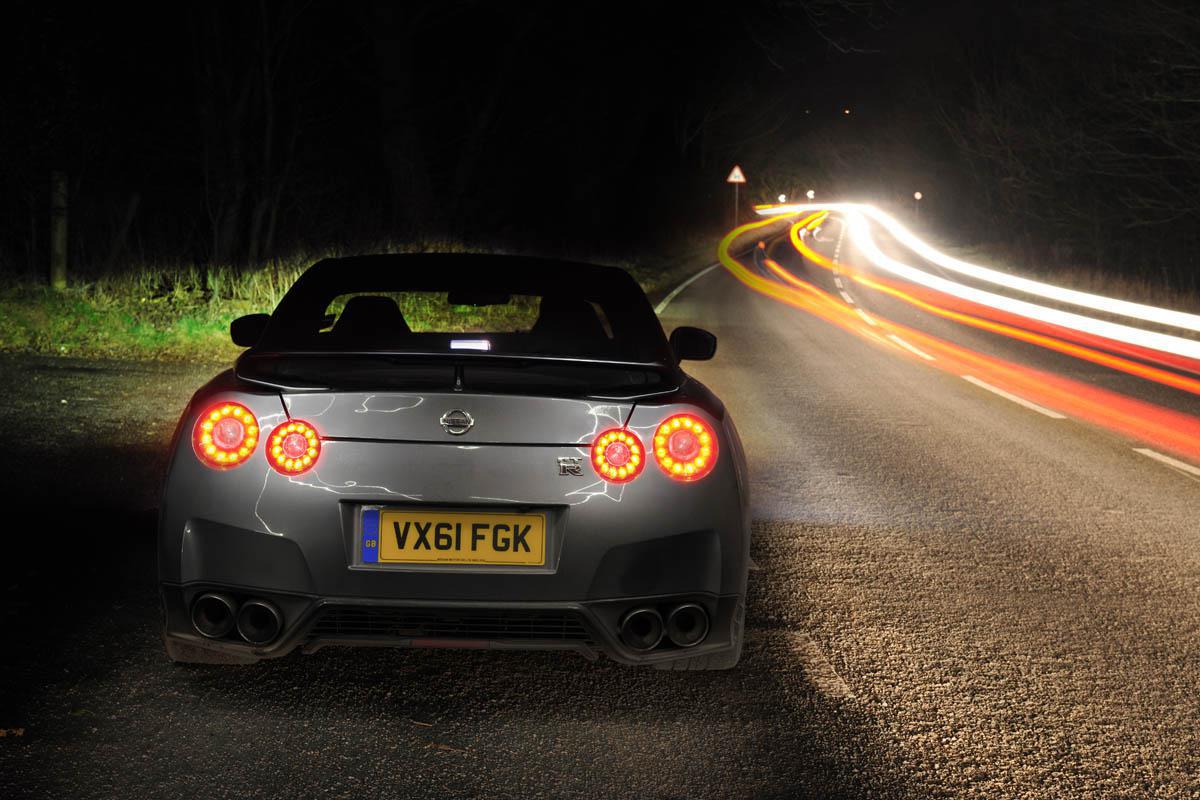
Distance to the car in front of you
According to data from the Ministry of Interior (MOI), ‘not enough Distance to the car in front of you’ = Tailgating is the #Three killer on our roads – and this has been consistent for many years!
We just need to keep a safe distance to the car in front!
How to do it right!
Make sure, that you leave enough space to the car in front of you:
- To be able to brake if needed
- To have a clear view of the traffic situation
- Use the “ three-second rule ” under normal road and weather conditions:
- when the vehicle ahead of you passes a certain point such as a sign, count “one-thousand-one, one-thousand-two, one-thousand-three.”
- Counting these numbers takes approximately three seconds. If you pass the same point before you finish counting, you are following too closely.
Observe out for this
- Do not go too close to the car in front of you.
- You endanger yourself and the car in front of you, and potentially the cars behind and around you.
- It is a sign of decent road etiquette and manners, not to hooligan the vehicle in front of you -show a ‘caring’ and respectful attitude
Significant to know!
Many drivers, drive in a false belief that if the car in front all of a sudden began braking, they would react and brake and end up stopped the same distance apart.
The total stopping distance of a vehicle is made up of four components.
- A) Human Perception Time … time the brain reacts to danger
- B) Human Reaction Time … time the bod reacts to brain guidelines
- C) Vehicle Reaction Time … determined by: break pedal free play, hydraulic properties
- D) Vehicle Braking Capability … depending on: tire pressure, weight, weather + street conditions
A) The human perception time; is how long the driver takes to see the hazard, and the brain realize it is a hazard requiring an instant reaction. This perception time can be as long as ¼ to ½ a 2nd.
B) Once the brain realizes danger, the human reaction time is how long the bod takes to budge the foot from accelerator to brake pedal. Again this reaction time can vary from ¼ – ¾ of a 2nd.
A) and B) can be effected by tiredness/weariness, concentration/distraction and alcohol levels. A perception and reaction time of three or four seconds is possible. Hence we are looking at the following safe distances:
C) + D) A car’s braking distance depends on its initial speed and the braking force generated. Braking distance increases quadratically with speed. For the examples above, the following distances have to be added to stop a vehicle to zero km/h: